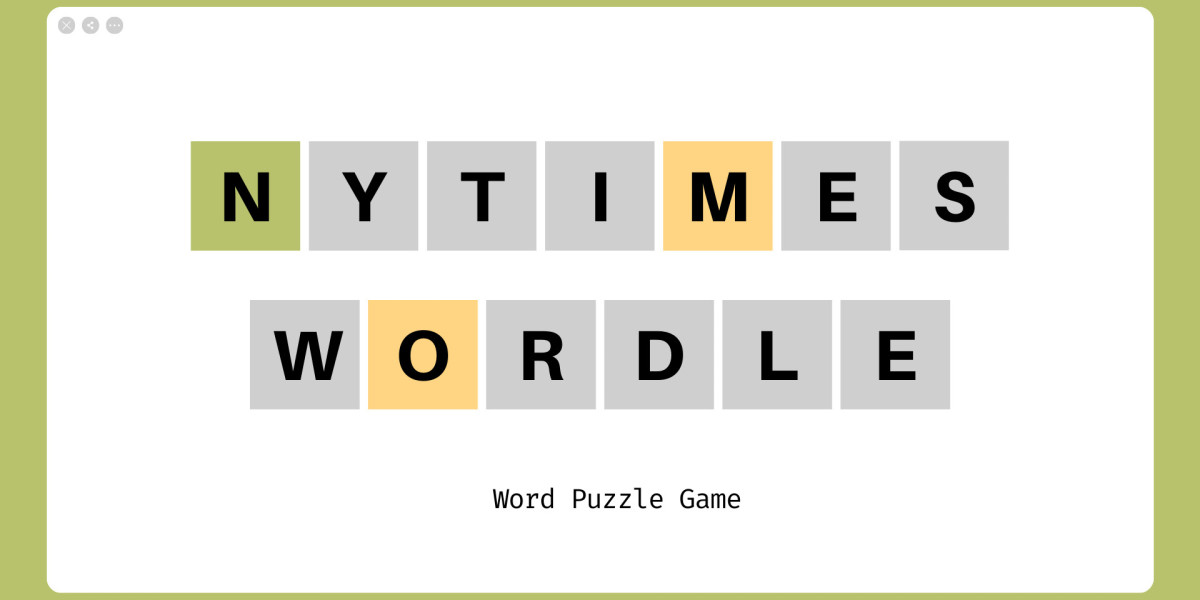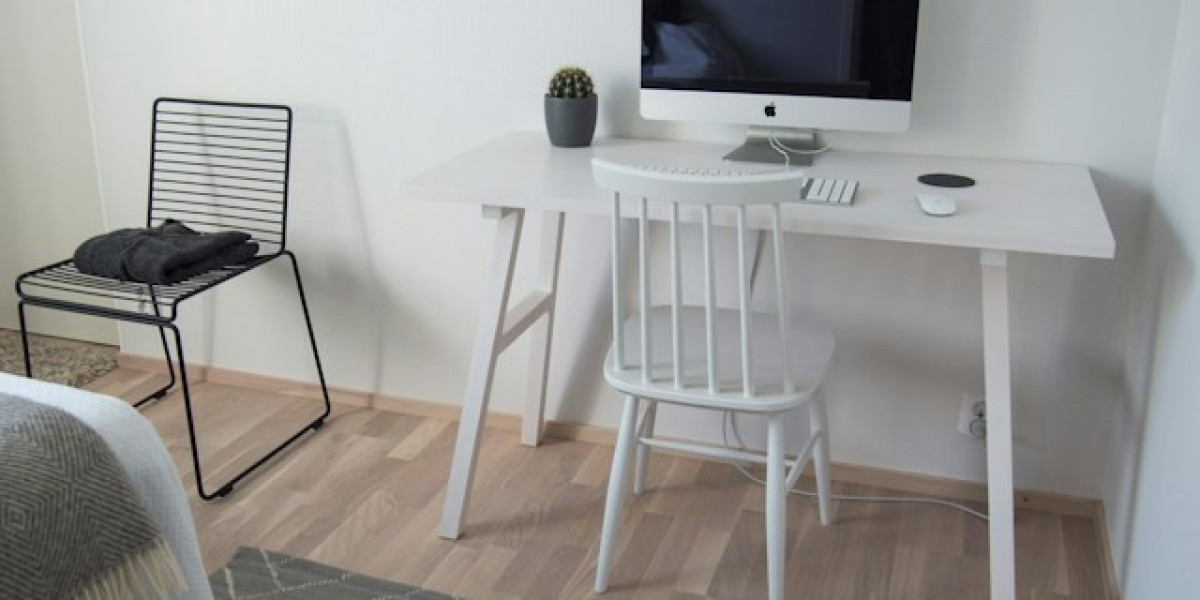Are you hooked on the daily NYTimes Wordle challenge? This wildly popular word game has swept the world, with millions eagerly attempting to crack the code of a five-letter word each day. But if you’re like most players, you know the struggle: sometimes it takes multiple guesses before you hit the jackpot. How can you improve your Wordle game, solve the puzzle faster, and get that coveted "in fewer guesses" badge? Let’s dive into ten expert strategies to help you solve Wordle puzzles in fewer guesses, so you can enjoy victory sooner and more frequently.
1. Choose the Right Starting Word
Your first guess can make or break your entire game. Many experienced players have discovered that starting with a word containing several vowels and common consonants can increase your chances of finding the solution quickly. Words like "ROAST," "CRANE," and "SLATE" are popular choices because they include frequently occurring letters (such as R, S, T, L, and E) and at least a couple of vowels.
Choosing a strong starting word helps narrow down possibilities right away, providing you with useful feedback on which letters are correct or incorrect from the very beginning.
2. Avoid Reusing Gray Letters
Once you eliminate certain letters, avoid wasting guesses by using them again. Wordle's color feedback system will show you which letters are incorrect by turning them gray. If a letter turns gray, it means it's not in the word at all—so don’t repeat it! Each guess is valuable, and using already-eliminated letters reduces your chances of zeroing in on the correct answer quickly.
3. Maximize Information Gathering with Your First Few Guesses
Your early guesses should focus on gathering as much information as possible rather than trying to guess the final word outright. Instead of guessing a potential word right away, use these guesses to try out different letters.
For example, if your first guess confirmed an "A" but no other letters, try a word like "PLAIN" or "BRAKE" to test a new set of letters. This strategy builds a broader picture of which letters are in the word, reducing the pool of options faster.
4. Consider Letter Frequency
Did you know certain letters are more common in five-letter words than others? Letters like E, A, R, O, and T appear frequently in English words, making them strong choices for early guesses. On the flip side, letters like Q, Z, X, and J are less common and often aren’t worth using unless you’re narrowing down specific possibilities. Understanding letter frequency can help you make educated guesses, increasing the chance of hitting on the right answer sooner.
5. Don't Neglect Uncommon Letters Later in the Game
While it’s wise to focus on common letters initially, don’t forget to incorporate less frequent letters if you’re struggling to find the solution. Sometimes, the answer will contain letters like Q or V. If you’re down to your last few guesses and still stumped, consider trying words that include these unusual letters.
6. Make Use of the Process of Elimination
The process of elimination is one of the most effective tools in Wordle. As you make guesses, mentally keep track of letters that have been eliminated, letters that are in the word but misplaced, and any letters in the correct position. Use this information to inform your next guesses, ruling out words that don’t fit with the clues you’ve gathered so far.
By keeping tabs on every letter’s status, you can systematically narrow down the possibilities without wasting guesses.
7. Use Plurals and Variants Sparingly
Sometimes, it’s tempting to guess plurals or words with alternative endings like -S or -ED. However, Wordle puzzles tend to favor unique word forms, so these kinds of guesses may not be the best use of your turns. Limit your use of plurals or common suffixes unless you’re almost sure of the letters involved. Sticking to singular forms can often lead you to the answer faster.
8. Test Out Different Vowel Placements
Vowels are essential in Wordle, as nearly every solution includes at least one. If you know there’s an "O" in the word but aren’t sure where it belongs, experiment with different placements. Guess words with the vowel in different positions to pinpoint its exact spot. This trick also works well if you know two vowels but aren’t sure of their arrangement. Varying vowel placement will give you the insight needed to get the word sooner.
9. Avoid Overthinking Every Guess
While Wordle can feel like a brain teaser, sometimes a simpler approach yields better results. Don’t get too caught up trying to make each guess perfect. If you’re stuck, go with your gut, and don’t spend too much time second-guessing. Often, simple words can reveal the answer faster than overcomplicated guesses. Remember, Wordle rewards quick thinking and adaptability just as much as careful analysis.
10. Practice Makes Perfect
The more you play Wordle, the better you’ll get at recognizing patterns and refining your guesses. Learning common word structures, letter combinations, and knowing when to pivot from one strategy to another are skills you’ll develop with practice. Each game offers new insights, so make Wordle part of your routine if you’re aiming to master it. Like with any game, improvement comes with consistency.








